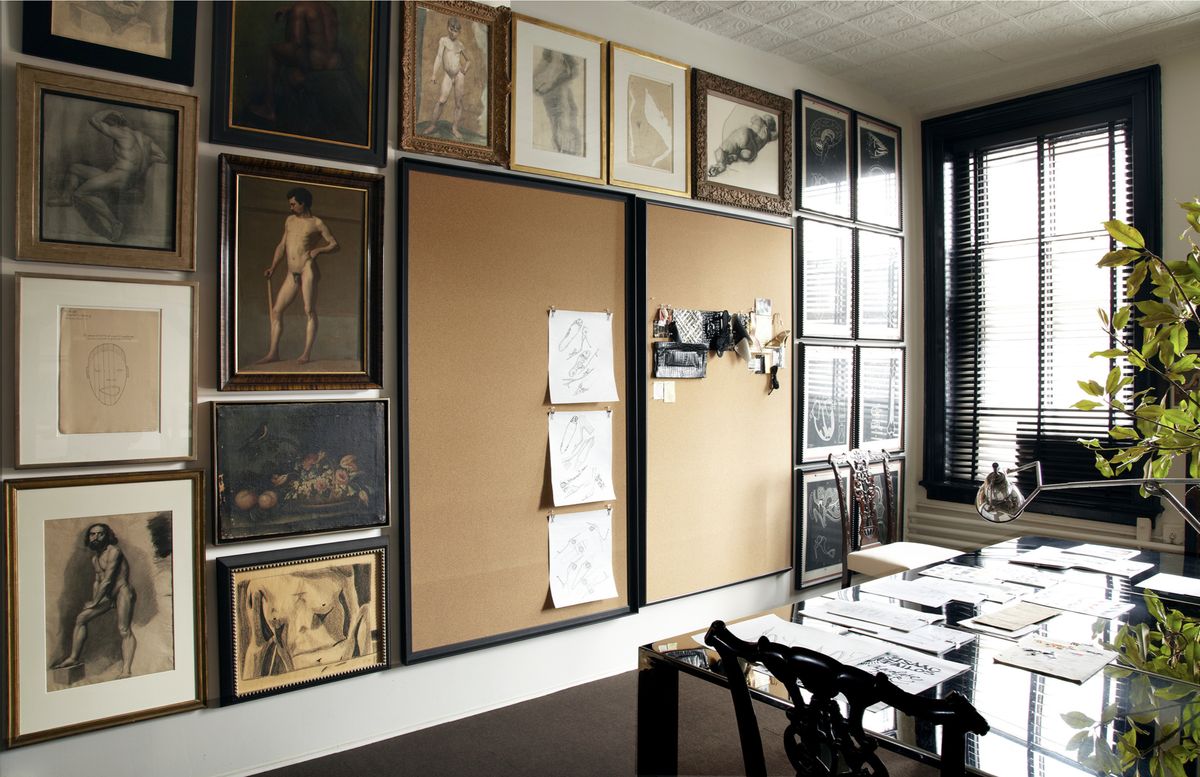Will we be able to tell if AI is AI in the future? Maybe yes, maybe no. I think style alone will stop working as a clue. The machines already write clean, then messy, then oddly poetic on command. Give them a few more cycles and the line blurs like fog on glass.

People reach for detectors first, the text sniffers that claim they can read the fingerprints of a model. They work on lab samples, then fall apart on the street. Paraphrase once, mix in quotes, add a few odd turns of phrase, and the meter swings the wrong way. The signal gets washed by editing, by translation, by compression. If Artificial inteligence can imitate noise, it can imitate us when we are sloppy, bored, or brilliant on a good coffee day.
So I do not trust “vibes” as evidence. Stylometry feels clever until a teenager with a rewriting app makes it look silly. Speed and scale are better tells, sometimes. A thousand on-brand comments in five minutes, all polite, all oddly patient. A 10,000-word brief delivered in 90 seconds, perfectly structured, no typos, no yawns. Humans can be fast, but not that fast without help.
The stronger path is provenance, not pattern. Watermarks that survive light edits. Cryptographic signatures bound to model outputs. Content credentials stamped at creation, carried in the file, and verified by platforms with public keys. Imagine your editor lighting up green when a paragraph truly came from a known model or from your camera’s secure chip. No vibe-checking, just math that says yes or no. This is where Artificial inteligence gets honest because the infrastructure forces it to be.
Of course, attackers can strip or spoof labels. That cat-and-mouse never ends. Still, signed content raises the cost of lying. Platforms can prefer posts with intact credentials. Newsrooms can require provenance chains for photos and transcripts. Regulators can push standards, and hardware makers can bake attestation into phones, laptops, even microphones. If the stack plays together, you get a trail. If it does not, we go back to shrugging.
Humans will adapt too. Writers will wear “handmade” badges with proof-of-human-workflows, like tracked drafts, keystroke logs, or limited-time live sessions. Not perfect, but a social contract. Artists will sell scarcity as a feature: one-take recordings, studio streams, raw files. Companies will pay for verified human insight the way people pay for single-origin beans. It sounds precious, yet it sells because trust sells.
I am not romantic about perfect detection. I am bullish on layered signals. Style tells you a little. Timing tells you more. Provenance tells you most. Platform policy ties it together. And culture decides what we tolerate. Artificial inteligence will write books, code cities, and whisper in customer support chats at 3 a.m. We will not always spot it by reading. We will know because the pipes say so.
So yes, we will be able to tell when it matters, and no, you will not always be able to eyeball it. The future looks like seatbelts: quiet, boring, built into everything, saving you a thousand tiny crashes a day. And when it fails, you will feel it. The feed will taste off. Your gut will nudge you. You will check the label, not the prose, and then you will move on.



